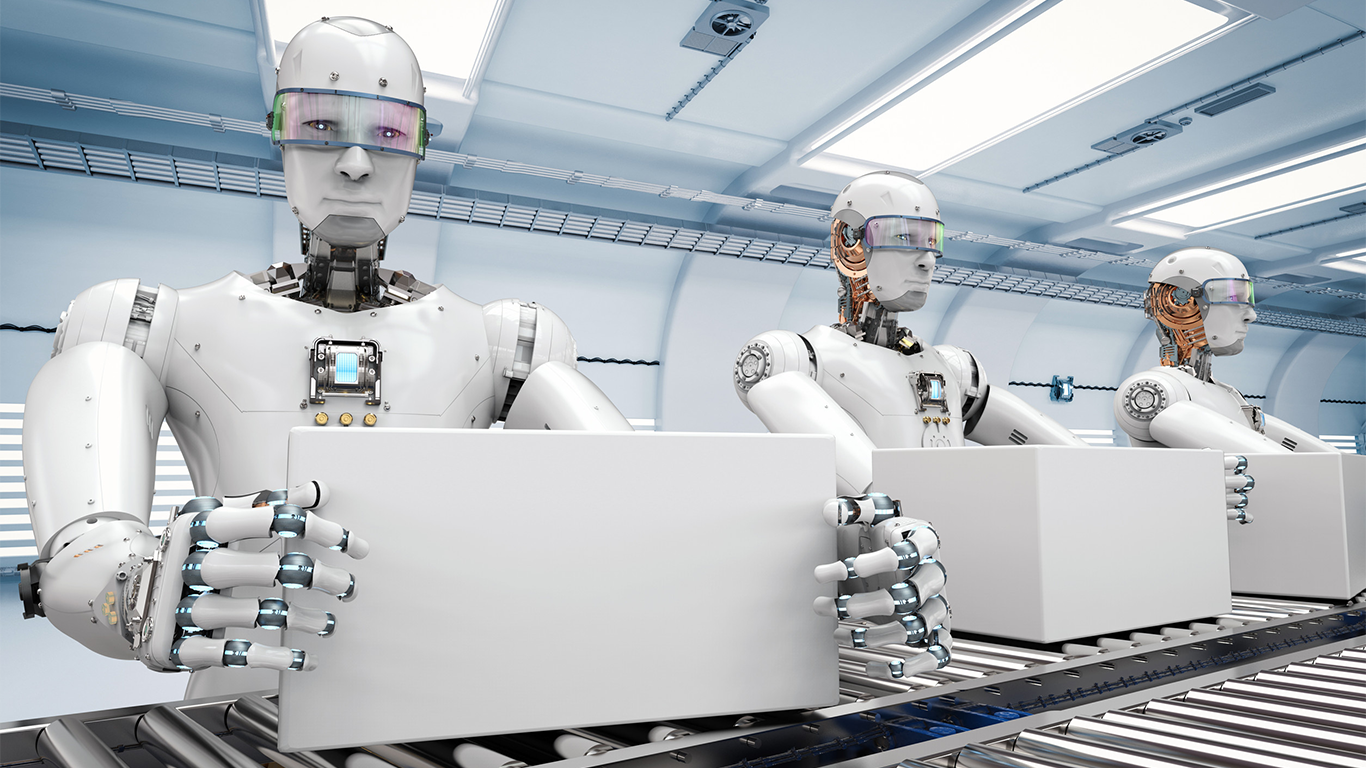In the modern industrial landscape, “good enough” is no longer good enough. The demand for perfect quality, 100% compliance, and high-speed throughput has rendered traditional, manual quality control obsolete. The human eye, for all its nuance, is a bottleneck prone to fatigue, subjectivity, and physical limitations.
The solution is the intelligent factory, and its “eyes” are AI-powered Automated Visual Inspection (AVI) systems.
LOCAL NEWS: Phoenix housing market outpaces national trends again in 2025
INDUSTRY INSIGHTS: Want more news like this? Get our free newsletter here
But making the leap from a manual checkpoint to a fully integrated, AI-driven quality process is a significant strategic project. It’s not as simple as buying a camera. It involves data, network infrastructure, AI training, and deep integration with your production line.
This guide provides a practical, step-by-step framework for successfully implementing AVI in your facility. It’s a journey that transforms quality control from a reactive cost center into a proactive, data-generating asset, especially when guided by an experienced partner like Opsio Cloud.
Step 1: Define Your Problem and Success Criteria
Before you evaluate a single piece of technology, you must first define the problem you are trying to solve. An AVI project that starts with “We need an AI camera” is likely to fail. A project that starts with “We need to solve this specific business problem” will succeed.
- Identify the Pain Point: Be specific. Is it a high scrap rate on a particular line? Are you getting customer complaints about a specific cosmetic defect? Is a manual inspection point a major speed bottleneck?
- Quantify the Problem: Put numbers to it. For example: “We are manually inspecting 2,000 units per shift, which requires two full-time employees and still results in a 3% defect escape rate.”
- Define Success: How will you measure success? This will be your ROI. A clear goal might be: “Implement an AVI system to inspect 100% of units at full line speed, reduce the defect escape rate to less than 0.1%, and reallocate the two inspectors to higher-value roles.”
Step 2: Start Small with a Proof of Concept (PoC)
Don’t try to automate your entire factory at once. The most successful AVI implementations begin with a small, focused Proof of Concept (PoC).
- Select One Critical Inspection: Choose the single highest-value problem you identified in Step 1.
- Gather a “Golden Dataset”: This is the most crucial part of the PoC. You must collect high-quality sample images. This dataset should include:
- Good Parts: Hundreds or even thousands of images of “pass” products, capturing all acceptable variations (e.g., slight changes in lighting, position, or texture).
- Bad Parts: As many examples as possible of every known defect type (e.g., scratches, cracks, misaligned labels, color issues).
- Test Feasibility: The goal of the PoC is to answer one question: “Can an AI model, trained on this dataset, learn to reliably and accurately spot our defects?” This is where engaging expert Automated Visual Inspection Services can save you months of guesswork.
Step 3: Select the Right Technology Stack and Partner
Once the PoC proves feasibility, it’s time to build the full solution. This is a three-part stack: hardware, software, and the partner who integrates them.
- Hardware: This is the “eye.” It includes the right cameras (resolution, frame rate), lenses, and—most importantly—lighting. A poorly lit image will doom an AI project. The lighting must be designed to make your specific defects as visible as possible.
- Software: This is the “brain.” This is the AI and deep learning platform. Key questions to ask: Is it easy to train and retrain? Can it be deployed on the edge (on the factory floor) for speed, or in the cloud for scalability?
- Partner: This is the integrator. You need a partner who understands both worlds: the physical reality of the factory floor (Operational Technology, or OT) and the complex backend of AI and data management (Information Technology, or IT). A partner like Opsio Cloud is essential for bridging this gap, ensuring your hardware and software work seamlessly.
Step 4: The AI Training and Data Collection Phase
Your PoC dataset was a start. Now, you need to build an industrial-strength data pipeline. An AI model is only as smart as the data it’s trained on.
- Systematic Collection: You will need to gather thousands more images from the actual production line to build a robust model that can handle real-world variations.
- Labeling: Every image must be accurately “labeled” (e.g., “good,” “defect_scratch,” “defect_misprint”). This is a meticulous process but is fundamental to the AI’s accuracy.
- Model Training: The labeled dataset is fed into the AI platform’s neural network. The platform “learns” the patterns that define a good part versus a defect. This computationally-intensive process is often best performed on scalable cloud infrastructure.
Step 5: Integration and Physical Deployment
With a trained model, it’s time to move to the production line. This step involves two distinct types of integration.
- Physical Integration: This involves mounting the cameras, light sources, and processing units onto the line. This must be done securely, without disrupting the flow of production. It requires careful planning to ensure the camera has the perfect, repeatable angle and distance for every part.
- Data Integration: This is the digital side. The Automated Visual Inspection system must “talk” to your factory. When the AI detects a defect, what happens? It must trigger an action. This means integrating with your Programmable Logic Controller (PLC) or Manufacturing Execution System (MES) to automatically trigger a reject arm, stop the line, or simply log the defect in your quality database.
Step 6: Go-Live: Validation and Parallel-Running
You do not “flip the switch” and remove your human inspectors on day one. A careful validation phase is critical to build trust and ensure a flawless transition.
- Run in Parallel: The best practice is to run the new AVI system in “shadow mode.” Let it make its “pass/fail” decisions, but have your manual inspectors perform their normal checks just after it.
- Compare the Results: For a set period (e.S., one or two weeks), log and compare the results.
- Did the AI catch everything the humans caught?
- Did the AI catch defects the humans missed? (This is a huge validation.)
- Did the AI “fail” good parts (false positives)?
- Fine-Tune: Use this comparison data to fine-tune the AI model’s sensitivity. Once the AVI system is proven to be more accurate and reliable than the manual process, you can confidently make it the new standard.
Step 7: Monitor, Iterate, and Create a Feedback Loop
Your AVI project is never “done.” It is a living system that must be maintained and improved.
- Monitor for Model Drift: Your products may change over time. New, unexpected defect types may appear. If the AI starts to miss these new defects, it’s not a failure—it simply needs to be “retrained.”
- The Continuous Feedback Loop: This is the true power of AVI. The system doesn’t just find defects; it logs them. By analyzing this data, you can move beyond catching defects to preventing them. If your dashboard shows that “Line 2 is suddenly producing 50% more scratches,” you have an actionable insight to check that machine for a root cause.
Conclusion: Your Partner in Intelligent Transformation
Implementing Automated Visual Inspection is a transformative step toward building a true “smart factory.” It’s a journey that moves your quality process from a subjective, manual bottleneck to an objective, high-speed, and intelligent asset.
This process can be complex, blending hardware, software, and data science. That is why choosing the right partner is critical. Expert Automated Visual Inspection Services provide the end-to-end guidance needed to navigate this journey successfully, ensuring your implementation is not just installed, but is fully integrated, optimized, and ready to deliver a powerful return on investment.




